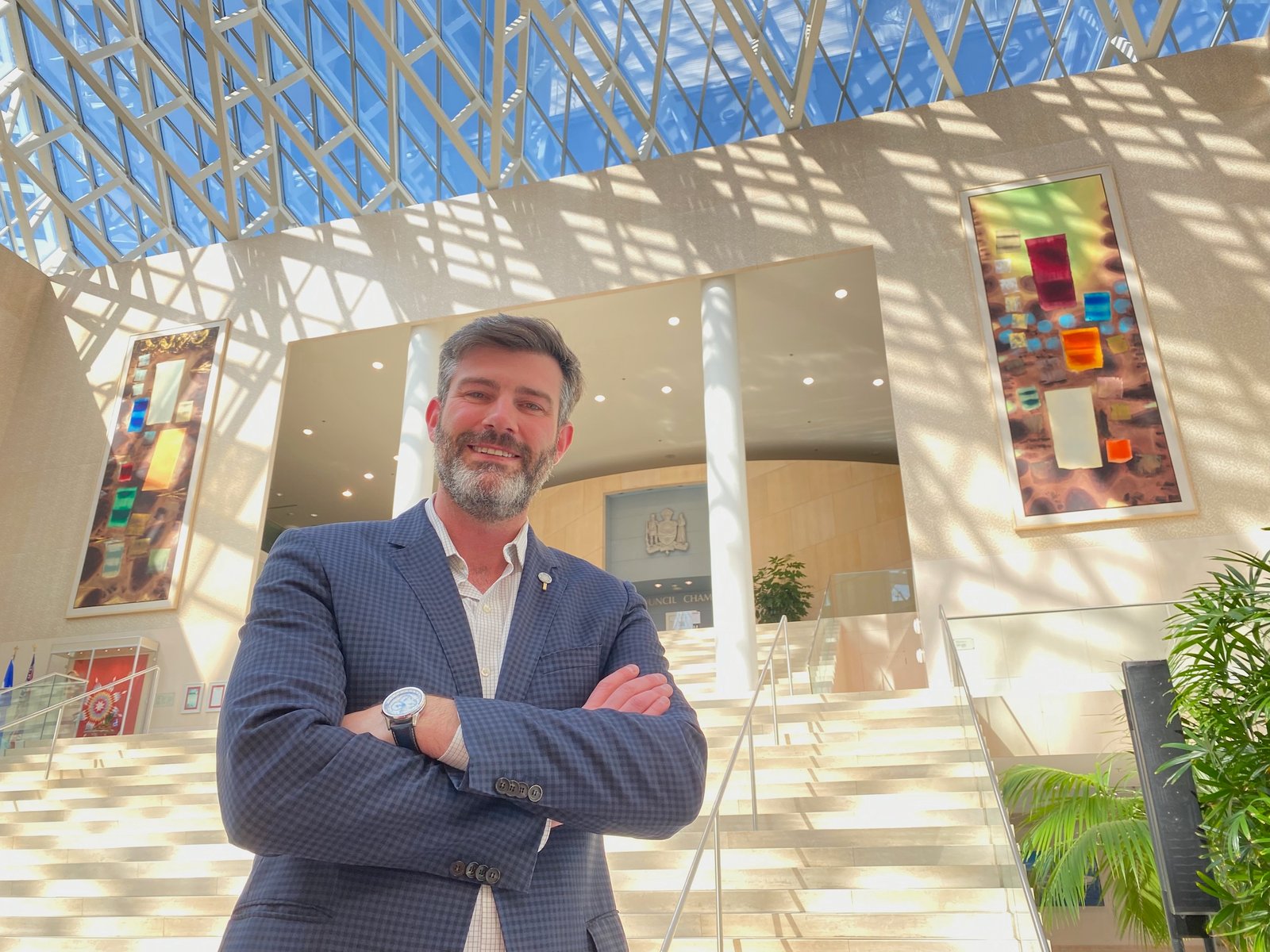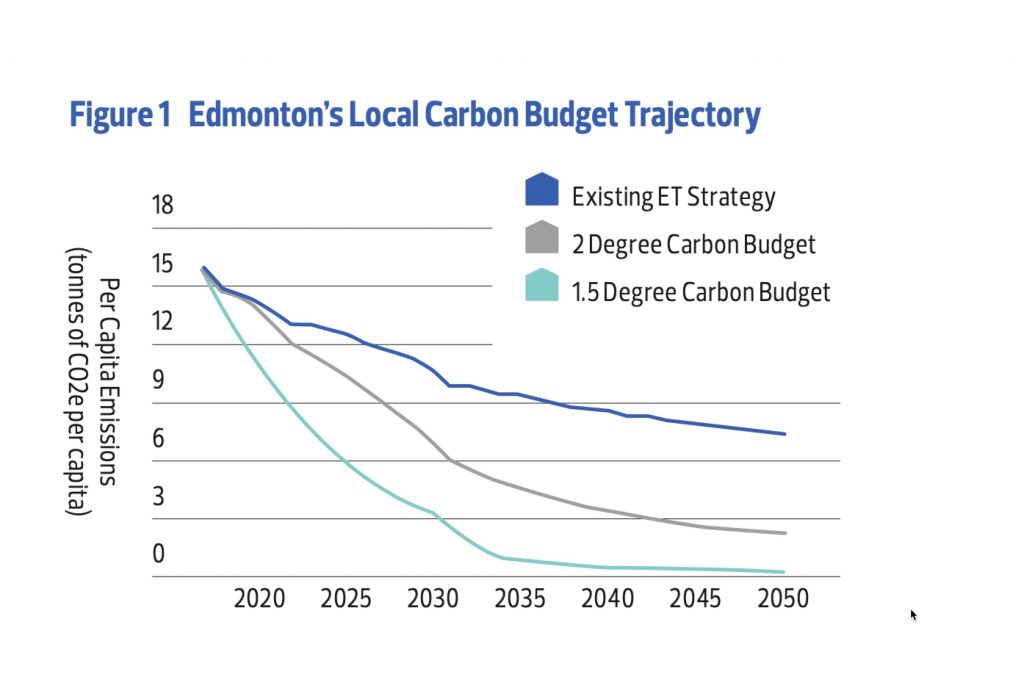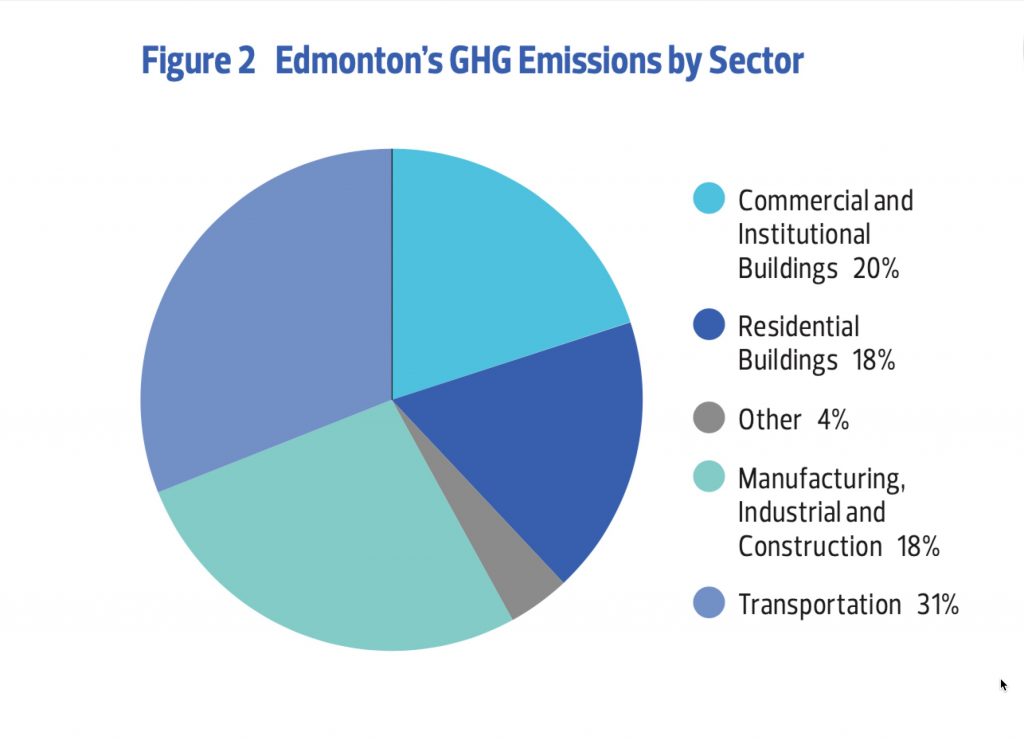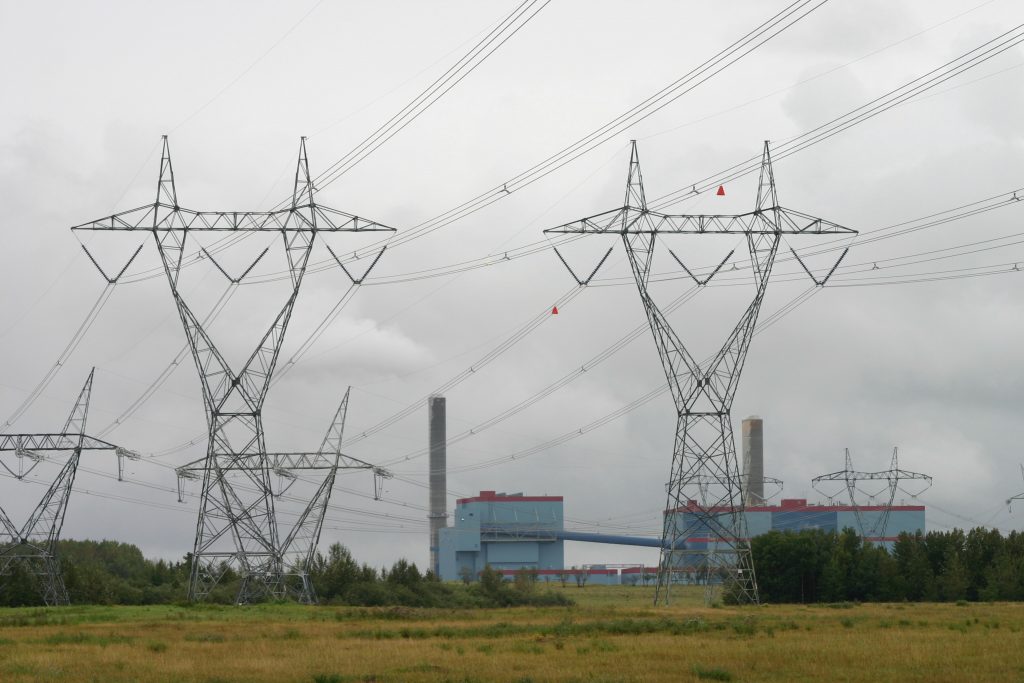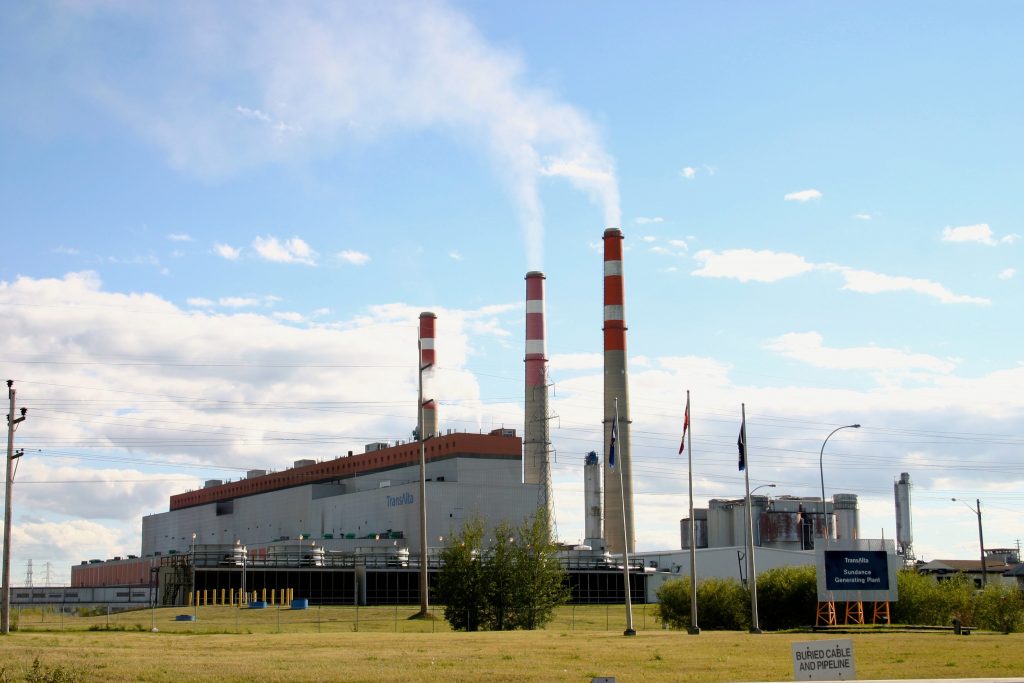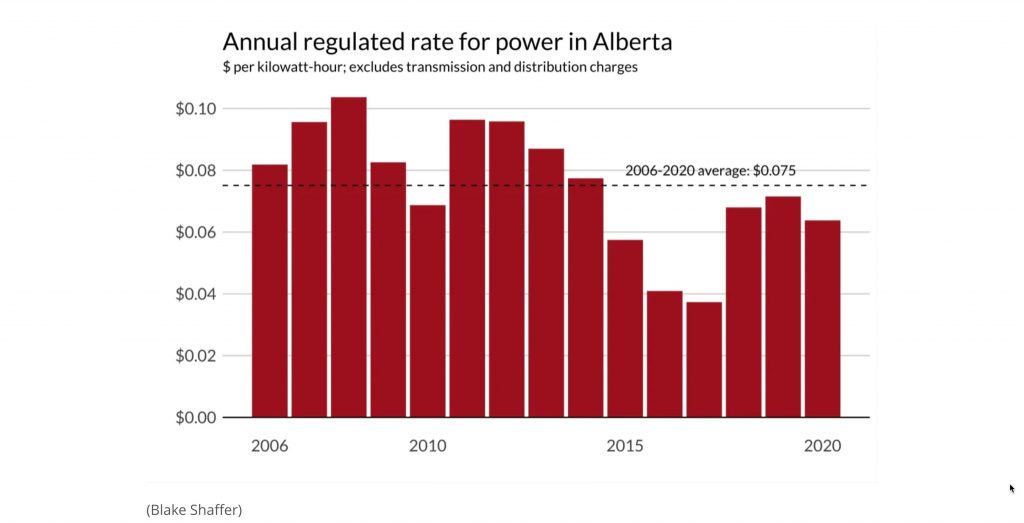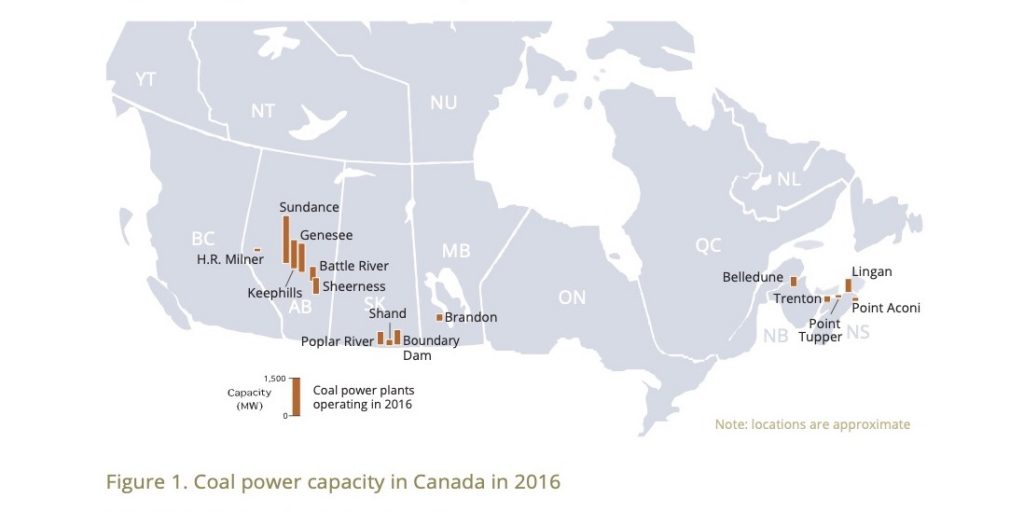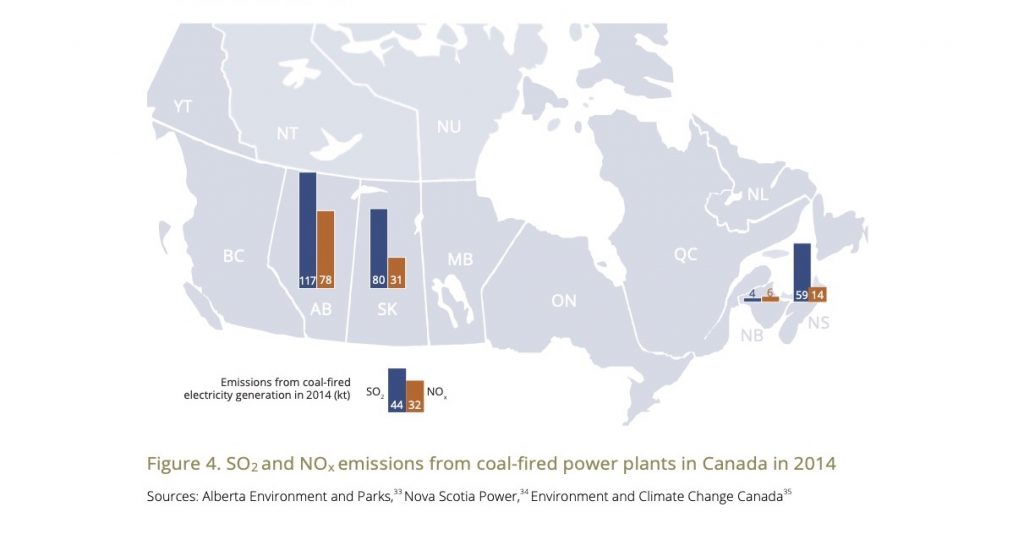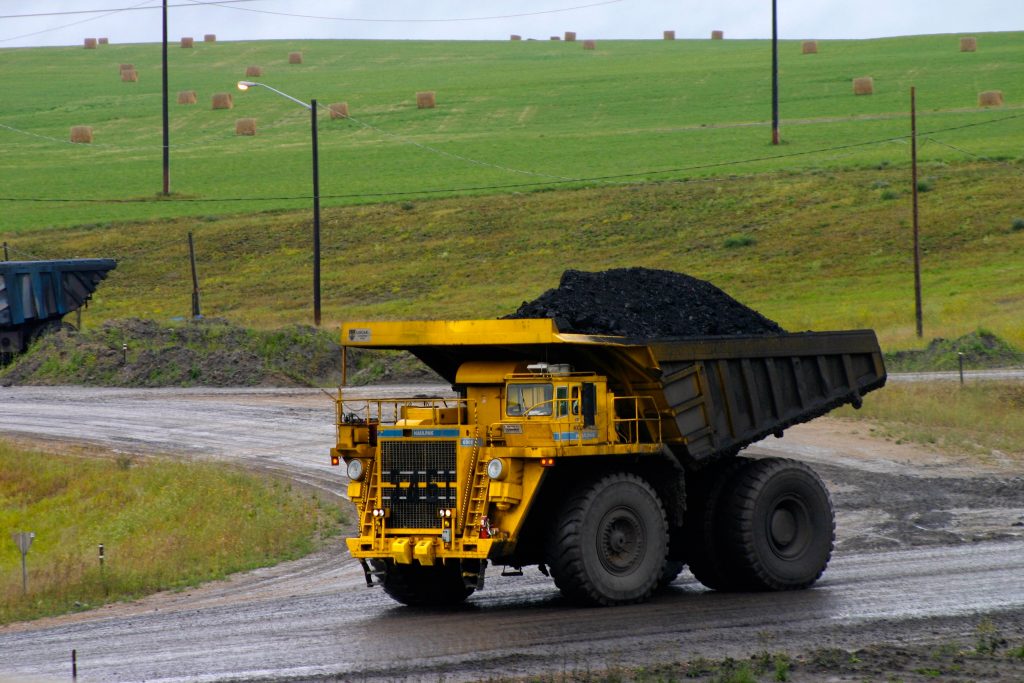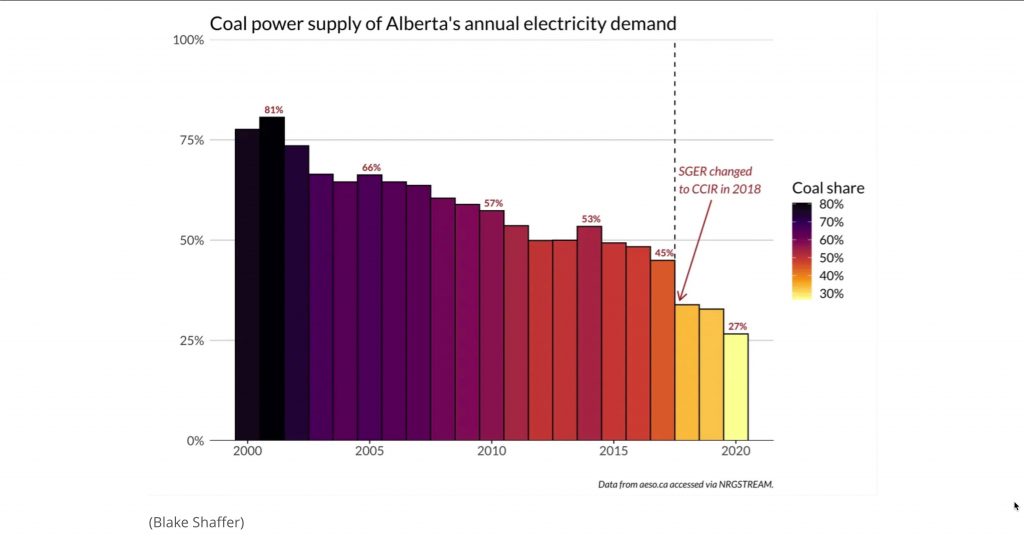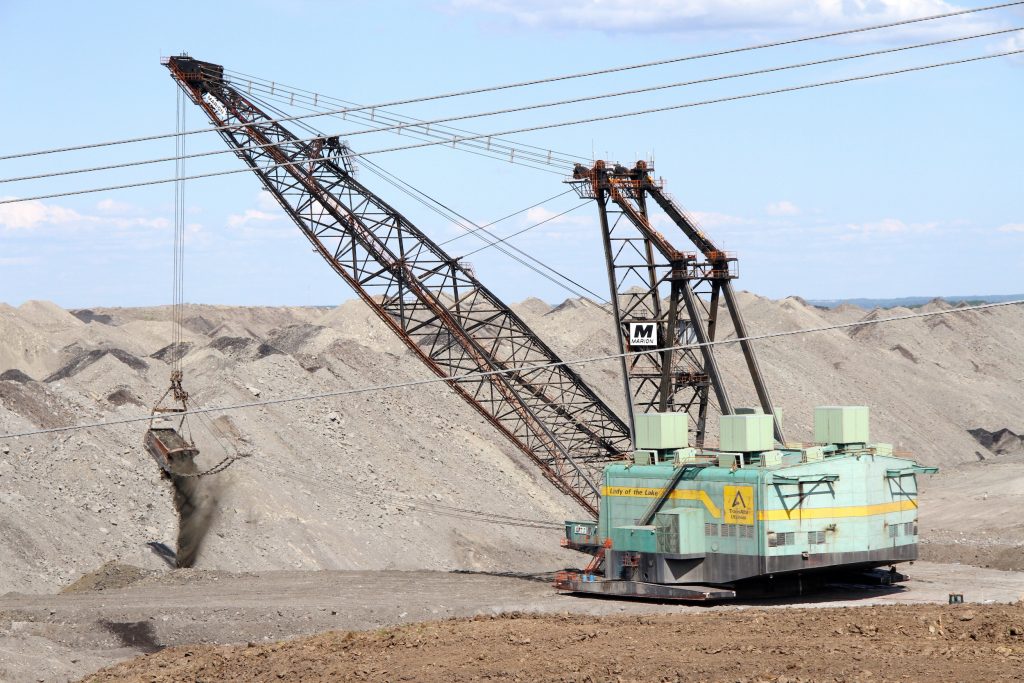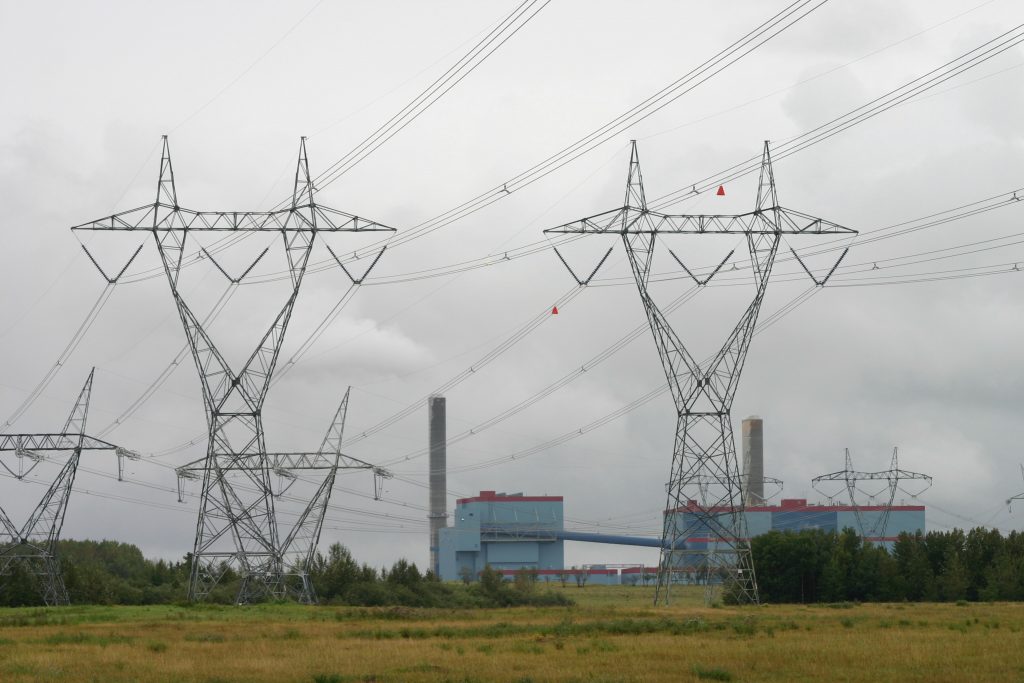By David Dodge
Edmonton just released its updated 1.5-degree energy transition plan on the same day the city’s mayor was awarded a national Clean 50 award for his work on energy transition and climate change.
The plan was much lauded in its previous form. More than 4,800 municipalities endorsed the city’s Edmonton Declaration which calls on all municipalities to used science-based targets and reduce their emissions to help keep global warming under 1.5 degrees globally.
For Iveson, this journey has been a long one beginning in his first term as a young city councillor when he traveled to the Bali Climate Change conference in 2007. At that conference, cities spend their time at side events as distant observers of the world’s preeminent climate conference.
A few years later Iveson was Mayor of Edmonton and chair of Canada’s big-city mayors’ group and he headed off to Marrakesh a year after the Paris agreement was signed as an official delegate. The United States had just elected Donald Trump who announced the U.S. was pulling out of the Paris agreement which left “a pall over the whole place.”
It was there Iveson met Bill Peduto, mayor of Pittsburg who along with many other mayors told him don’t worry “we’re still in.”
All in all 400 mayors of American cities said they were still committed to the Paris agreement and its 1.5 degree target.
It soon became apparent that cities are important to solving climate change and there appeared to be an abundance of climate leaders among the mayors of cities around the world organized in groups like C40.
Edmonton hosts first IPCC Cities and Climate Change Conference in the world
Around the time of the Marrakesh conference, the Intergovernmental Panel on Climate Change (IPCC) began work on the first Cities and Climate Change Science conference in the world to support action in cities.
There was “this whole bunch of science we need to do because more than half the world’s population already lives in cities” and “at least two-thirds of the emissions also come from cities,” says Iveson.
On a panel in Marrakesh Iveson wound up meeting Deborah Robertson an international leader on climate action from Durbin, South Africa.
Then an unlikely thing happened “She thought it would be really interesting for an energy-producing region like us with such a strong stake in the traditional energy economy” to host the world’s first cities and climate change conference.
“So that led to the IPCC Cities and Climate Science Conference here [Edmonton] in 2018, which was scary sobering,” says Iveson.
So Edmonton, a city with among the highest per capita emissions (19 tonnes) in the world wound up hosting the inaugural conference in 2018.
In light of the U.S. bailing on the Paris Climate Agreement, the mayors decided to make a statement at the Edmonton conference. And thus the Edmonton Declaration was crafted committing signatories to make science-based decisions and reducing their share of emissions to keep global warming under 1.5 degrees.
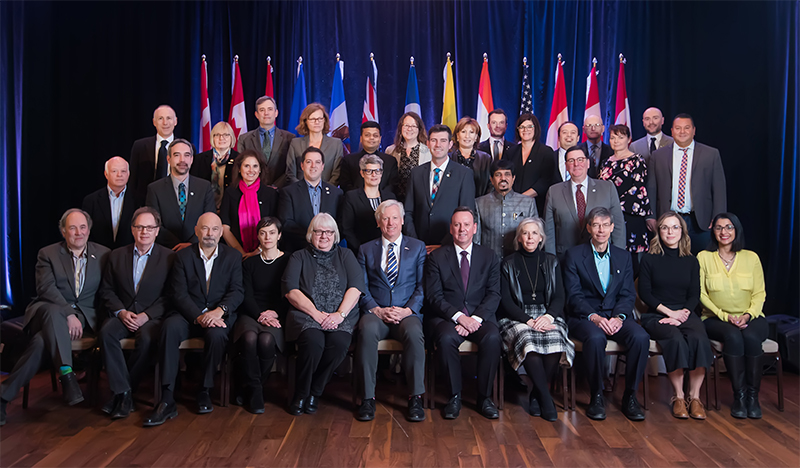
Edmonton Declaration shoots for 1.5 degrees
Since 2018 the Edmonton Declaration has been endorsed by more than 4,800 municipalities around the world. Edmonton City Council passed the declaration unanimously in 2018.
Edmonton already had a credible and much-lauded Energy Transition Plan, but now it needed to be updated to match the 1.5-degree ambition level.
In August 2019 council declared a climate emergency and asked the administration to update the Energy Transition and Climate Resilience Plan. Iveson says the emergency declaration was needed to address the urgency of climate impacts as the debate shifted from “denial to delay.”
Edmonton’s Energy Transition Strategy
“We’re talking about reductions from 19 tons per capita to three tons per capita within the next several years,” says Iveson. The goal is carbon neutrality by 2050 and “That means that there are no GHG emissions associated with our industry, our quality of life, our buildings, and our transportation within 30 years.”
For Edmonton to reach the 1.5-degree level this means a steep decline in carbon emissions starting now, getting to near zero by 2050.
Never has Steve Jobs’s phrase this “changes everything” been more appropriate. The phrase was later used by Naomi Klein to frame the problem as capitalism vs the climate in her book and documentaries of the same name.
To take emissions from 19 tonnes per capita to three tonnes will require changes to transportation, buildings and industry, the three big boxes Edmonton’s emissions come from in almost equal parts.
Electricity Generation – Cleaning Canada’s Dirtiest Grid
And in addition there is one cross cutting factor that affects all others – power generation.
“So it follows though that the most significant things we need to do are take care of the emissions related to power generation,” says Iveson. “Which thankfully in Alberta, we’re doing with coal phase-out faster than previously contemplated, but we still need to get our power emissions down to zero.”
Alberta’s coal power industry now says coal-generated electricity will end in 2023, seven years ahead of schedule, marking one of the single largest reductions in emissions in Canada.
And as it turns out Alberta has the best solar and wind power resources in Canada and a deregulated electricity market in which solar and wind power are booming with gigawatts of projects likely to be built before 2030.
This raises a key point about the Edmonton plan. It applies to all community emissions not just city corporate emissions and to be successful the grid needs to be zero-emissions something well beyond the jurisdiction of the city.
Electrifying Transportation (31% of emissions)
One third of Edmonton’s emissions come from transportation.
“The transportation is such a big part of our emissions profile,” says Iveson. “If you look out the window here [City Hall], we’re doubling the LRT system in this town with the construction of both phases of the Valley Line,” says Iveson.
“We’ve also just green-lit another 20 electric buses,” says Iveson adding “Edmonton already had “the largest electric bus procurement in the country.” Last year Edmonton constructed the Kathleen Andrew bus garage tailor-made for its first 40 electric buses.
The plan also needs citizens to go electric, and fortunately in late 2019 virtually the entire auto industry moved $300 billion in investment to the development of 700 models of electric cars mostly due out before 2025.
The other big area in transportation is transport trucks and big equipment. Edmonton is exploring renewable gas and just last week the federal government made a major announcement affecting the Edmonton area.
“We can talk about hydrogen and the role that’s going to play in transportation.” The federal government just announced a $2 million investment in the launch of the Edmonton region hydrogen hub which represents “A hundred billion dollar a year industrial opportunity that we have around low carbon blue hydrogen,” says Iveson.
Electrifying Buildings (38% of emissions)
Almost 20 per cent of Edmonton’s emission reductions need to come from buildings.
“We’ve now with this strategy committed to zero carbon emissions buildings. For all civic buildings going forward and to a more aggressive cycle of retrofits of our existing buildings,” says Iveson. The PanCanadian Framework calls for a net-zero national model building code by 2030 and Edmonton is working with buildings to plot a pathway to that point.
Edmonton has among the highest numbers of net-zero homes already thanks to tremendous work by builders such as Landmark Homes, Effect Homes, Habitat Studio, Butterwick, and others. Landmark builds the most affordable solar-powered net-zero home in Canada. And companies such as Butterwick already build only net-zero homes.
The City too is leading by example with the development of Blatchford, the largest planned carbon-neutral community in Canada.
When completed 30,000 residents will live in Blatchford. Edmonton front-ended the development with a geothermal district energy system and people are already starting to move into Blatchford.
The big nut to crack in buildings is to retrofit 350,000 existing inefficient residential buildings and more than 11 million square feet of commercial space.
Cities all around the world are committing to aggressive retrofit programs for existing buildings. Iveson says one of the first steps to make energy labeling mandatory.
“You know what the fuel efficiency of your car is, but you don’t know what it is for your house which makes no sense,” says Iveson. He says financing should also reflect the energy efficiency of buildings because “your utility bills in a place like Blatchford are lower.”
Many believe financing is the key to stimulating billions in investments in retrofits. The City of Edmonton is piloting a Clean Energy Improvement Program (CEIP) which most people would know as Property Assessed Clean Energy (PACE) financing.
The idea has worked extremely well in places like California stimulating billions in economic activity.
The idea is pretty simple. Provide financing that is tied to the property, not the owner, and tailor the payments to the anticipated return on investment of energy efficiency or renewable energy improvements. This was owners begin saving money on day one.
Iveson says there will be “massive federal investments” in building assessments and incentives for efficiency upgrades to buildings.
Price on carbon pollution key
“I know this has been controversial, but a price on pollution and a rising price on GHG emissions in this country creates a very, very strong economic incentive to pay attention to the energy efficiency of everything that you do, including your big energy consumers, which is your car,” says Iveson.
Nearly all the experts agree putting a price on carbon pollution is the key strategy and recently even the Conservative Party of Canada which historically strongly opposed it, announced they support a price on carbon although many doubt their plan will actually reduce emissions. The Liberal Minister of the Environment Johathan Wilkinson called the plan “unserious” referring to it as a carbon tax that is more like “Petro points.”
“The evidence is clear: carbon pricing shifts us away from “business as usual,” changing our emissions trajectory. And higher carbon prices drive deeper emissions reduction,” says the Canadian Ecofiscal Commission. And the best part is “carbon pricing will achieve these outcomes at a lower economic cost than other policies.”
Often overlooked is carbon pricing not only puts a price on carbon pollution, it levels the playing field and makes low carbon solutions much more economic.
Economic Diversification and Opportunities
One of the unifying features of Edmonton’s energy transition plan is its role in diversifying Alberta’s traditional fossil fuel economy and activating new economic opportunities.
Energy transition comes with some big sticker shock requiring about $42 billion in private and public investment in Edmonton.
“All these things have a financial payback, and this is why people like Mark Carney, former governor of the bank of England and bank of Canada are saying, look, this is the next multi-trillion-dollar investment bonanza,” says Iveson.
The fact is investors and countries around the world have embraced the concept of creating a low-carbon economy and investment is already moving en masse into clean energy, electric transportation, smart grids, and efficient building strategies.
“And you’ve got BlackRock and all the other investors saying, this is the stuff we want to bet on for the next generation so that we still have an economy worth investing in and operating in 30 years from now,” says Iveson.
For a city like Edmonton, this point is crucial. Edmonton’s Energy Transition Plan attempts to take the hard steps to fight climate change. But more importantly, it also begins the long process of building an economy that will actually provide jobs in the future and a city that people will actually want to live in.
